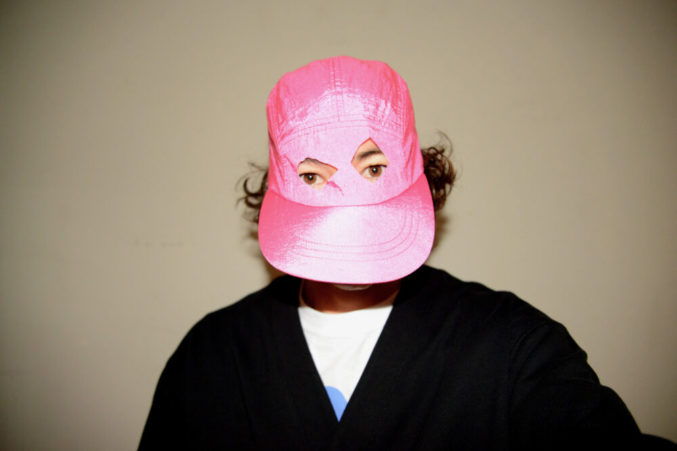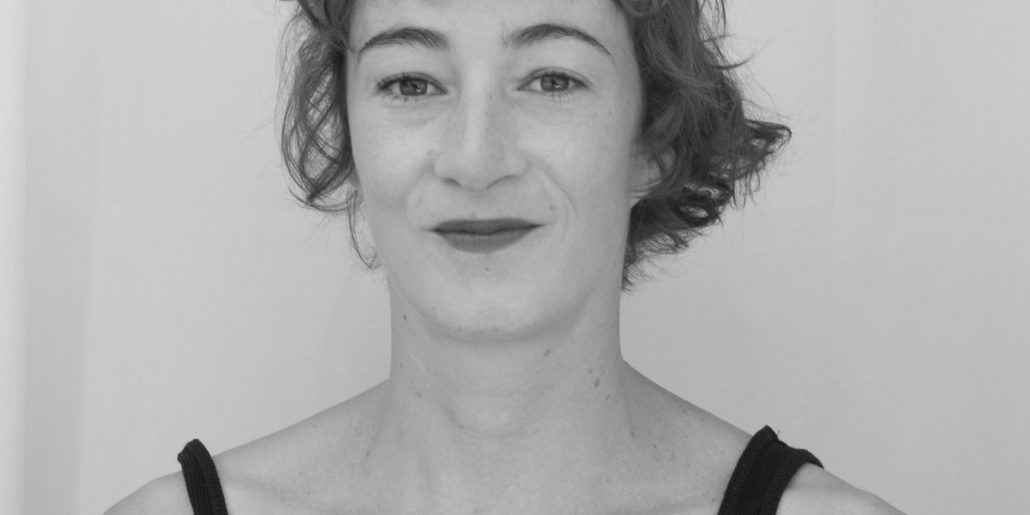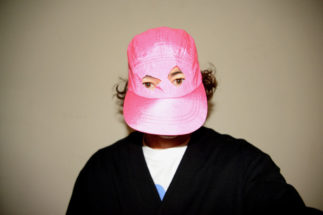Biography
Pauline Brun first studied classical and contemporary dance at the Nice Conservatory before attending the École Supérieure d’Arts Plastiques, the Villa Arson and the Beaux-Arts in Paris, where she develops sculpture, installation and video works. Her research and her practice as a visual artist lead her to Dance, because she will then follow ex.e.r.ce (Master in Choreographic Studies) at the CCN in Montpellier. There she begins to experiment with the stage and the context of the theater and creates her own choreographic works. She also collaborates in performance, dramaturgy and scenography in many other projects. Her experiments with codes and conventions specific to modalities of representation and exhibition invite her to work with different media depending on context and location. In 2016 she presented the performance «Grand Bain» at the Center George Pompidou in Paris as part of the exhibition Museum On / Off. She recently presented the performance «Étalon par défaut» at the MAC VAL. She regularly participates in collective exhibitions where she presents installation or video works. She also performs, develops scenographies and assists with dramaturgical questions for choreographers such as Paula Pi, Pauline Simon, Fanny De Chaillé, Ingrid Berger Myrhe, Jule Flierl or Gaetan Bulourde.
More info
Foto: Esmeralda da Costa
In residentie Tapis
13.01.2025 – 17.01.2025

To talk about my work, a friend of mine used the verb “délirer”, which comes from the “lira”, a tool used to make furrows in the earth. To “dé-lirer” is to step out of the furrows on the side.
The creation is part of a research project at Villa Kujoyama (French institute, Japan) around Chindogu – a Japanese concept born in the 1980s to describe a family of tools that are useful but unusable because they are ineffective for x reasons. Made by tinkering, assembling and fiddling, they are attempts to find answers to everyday problems. To be Chindogu, the object has responded to some conditions including not being sold or mass produced. For me, this concept acts as a prism to examine the ways of doing things, the codes and conventions, and the performativity at work in everyday rituals and traditional Japanese practices. By using Chindogu, I try to resolve performative situations in an inefficient way. Sometimes I need to invent my own Chindogu to respond to a context. My cap, for example.
My research takes different forms: a series of performances, a show, an edition of drawings, a series of videos and a series of photos.
TAPIS is a choreographic and visual trio exploring the inefficiencies we encounter in our relationships with others, things and contexts. The show is on augmentation, a complete trio album of the performance series, an assembly of fragments alternating isolated figures and group attempts. All the pieces deal with and dissect the games of representation in the “Chindogu” method. In other words, questioning conventions by setting up a deviated process. The deviations open up other logics that shapes the group. Together and apart, they cling to the space in which they find themselves, to the things they come across, to others, drawing delirious worlds out of failure.


